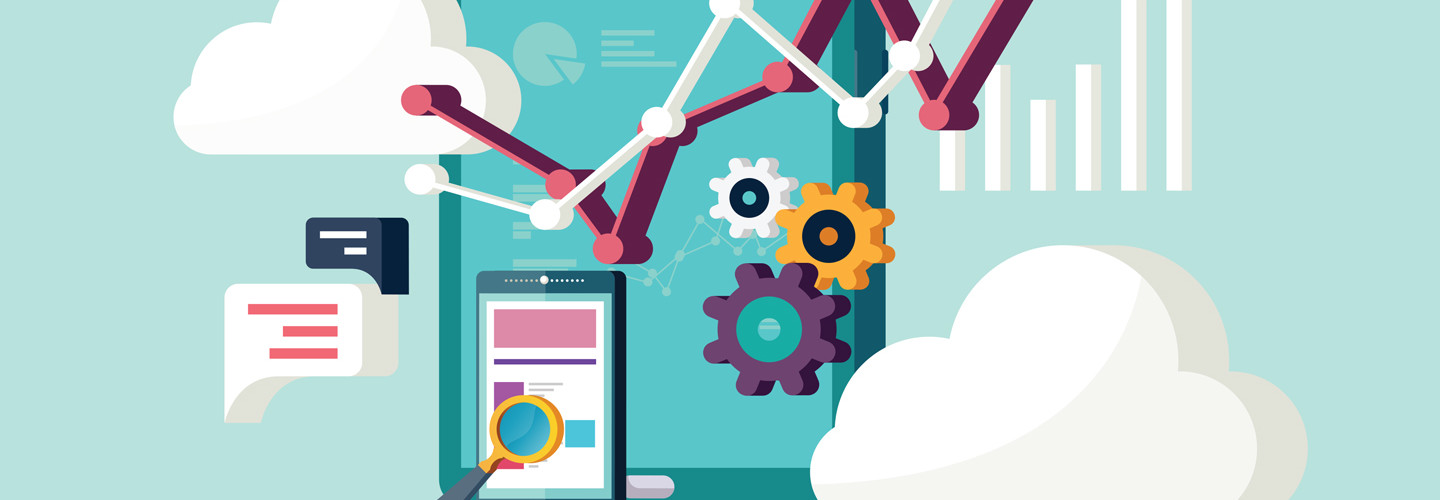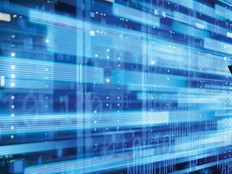Product Review: CA UIM Flow Analysis
Network architects often spend a great deal of time creating networks that enable Big Data and virtualization, only to find that the preponderance of network traffic is from students downloading the latest cat video.
For more accurate insight into use and trends, architects can quickly and easily install CA’s Unified Infrastructure Management (UIM) for Flow Analysis. The software empowers users to identify devices on the network, identify the kinds of traffic they’re generating and detect trends in network use and flow — that is, what traffic shifts from which devices to other devices.
Installing the software — a plug-in for the CA UIM server — is straightforward. After installation, adding the Flow Analysis component is simple, much like adding a component to the Microsoft MMC console, though there is also a licensing component. The trial version monitors up to 30 devices, not only showing the speeds and feeds typical in network management software, but also pinpointing where network data originates and where it ends up. That allows users to isolate peer-to-peer traffic and client server traffic.
Users who want to evaluate the interface can start the software on up to 30 devices for free. They can then scale the network from 100 to more than 100,000 devices and flows. CA UIM includes unified trend analysis components that analyze traffic changes over time, empowering users to proactively address potential problems. Because users can isolate flows, the software also supports troubleshooting: Users can identify whether network speed or a Flash error is causing an app’s slow performance.
Expand the Scope of Data Collection
Discovery and monitoring are key aspects of network management. CA UIM Flow Analysis software’s discovery wizard, which launches automatically the first time a user accesses the server, queries the network to find all the active devices. Users then enter credentials to monitor individual devices on the network and begin collecting data to determine what is going where.
Users also can install robots to collect data on devices’ activity and send that data to the management server. The robots collect considerably more data than is available through external monitoring tools — not only how many packets are traveling over the network interface, but also how much data is going from one application to each of its clients, response times between devices, and how long apps wait to receive data, among other measures. These insights are tremendously valuable for troubleshooting and planning, identifying not only where actual problems reside but also usage trends, such as the percentage of network saturation over time or at certain times of day.
The robots, or agents, are just one resource for data collection. The software can also query supported network devices, such as Cisco Systems or Brocade switches, and use Simple Network Management Protocol traps to collect data from unsupported devices. The software then collects and maintains all this data to identify historical trends.








